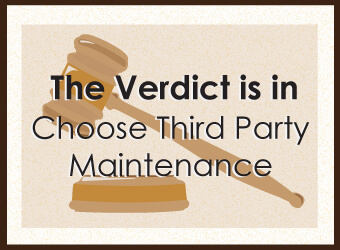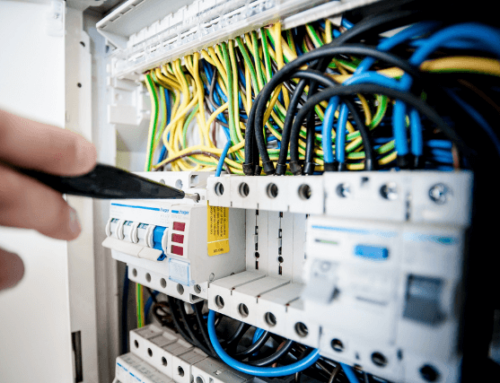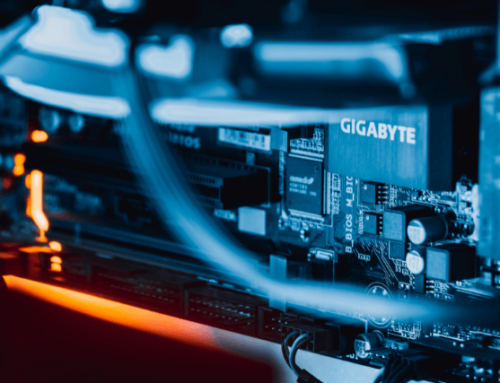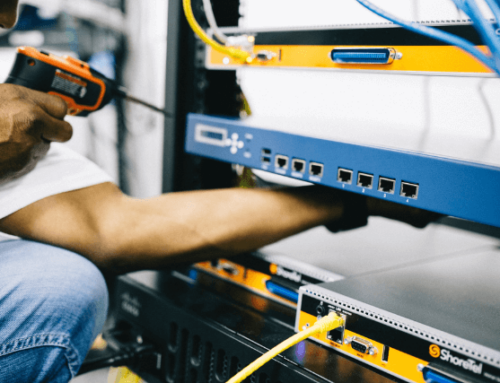Take 2 minutes to read this article
All rise, the court is now in session. OEM or third-party IT maintenance? When considering how to best support the hardware in your data center, there are many things to consider, one of the most important being: who will support your equipment?
The Case for OEM Maintenance
Most companies that buy new equipment also purchase OEM maintenance agreements. These companies are used to OEM agreements and feel safe with them. After all, the OEM made the equipment, it issues software and firmware updates, and it usually has a strong international presence with strong engineering resources.
On the other hand, an OEM’s size can become unwieldy, and this often shows in their lack of flexibility. OEMs typically have a strict set of one-size-fits all SLAs, and escalations can be cumbersome and frustrating. OEMs also have very limited multi-vendor support, so you are left with the inefficiencies and bookkeeping costs of managing multiple OEM contracts. And, the way prices are trending, you’ll also end up paying for it in another way: cold hard cash.
The Case for Third-Party IT Maintenance
Once you learn about third-party IT maintenance, its flexibility is hard to resist. Third-party maintainers tend to be much more flexible with SLAs, customizing your agreement to fit specific requirements. Maintenance costs, especially on older equipment, can be much less expensive with third-party providers. Escalations typically happen more quickly and fluidly, and in some cases, you are placed directly in contact with top engineers without having to jump through the escalation hoops. Third-party maintainers also support a much larger variety of equipment and can bundle a variety of vendors into a single maintenance contract, reducing bookkeeping costs and eliminating the renewal treadmill entirely.
On the downside, the benefits of third-party maintainers aren’t as strong when supporting latest-generation equipment. While third-parties excel at maintaining N-1 and older equipment, their pricing on brand new equipment may actually be more than the OEMs. OEMs will often subsidize their maintenance contracts for the first couple years, making third-parties non-competitive. Third-party engineering teams also do not get the pre-release training that OEMs do, so they often cannot help train your team on implementing the latest features. Finally, third-party companies may have limited access to software patches and firmware upgrades.
So what’s the verdict?
To choose who should maintain your hardware, you need to decide what you need from your maintenance. If you primarily run cutting-edge equipment and upgrade immediately when new models come out, OEM maintenance may be your best bet. But if, like most of us, you prefer the strike a balance between price and performance, you owe it to yourself to check out the flexibility and price savings that third-party maintenance can bring.
This judge rules in favor of third-Party IT maintenance. Court is now adjourned.
Curious about third-party IT maintenance? Want to to know more? Contact us today for a free quote and more information.





